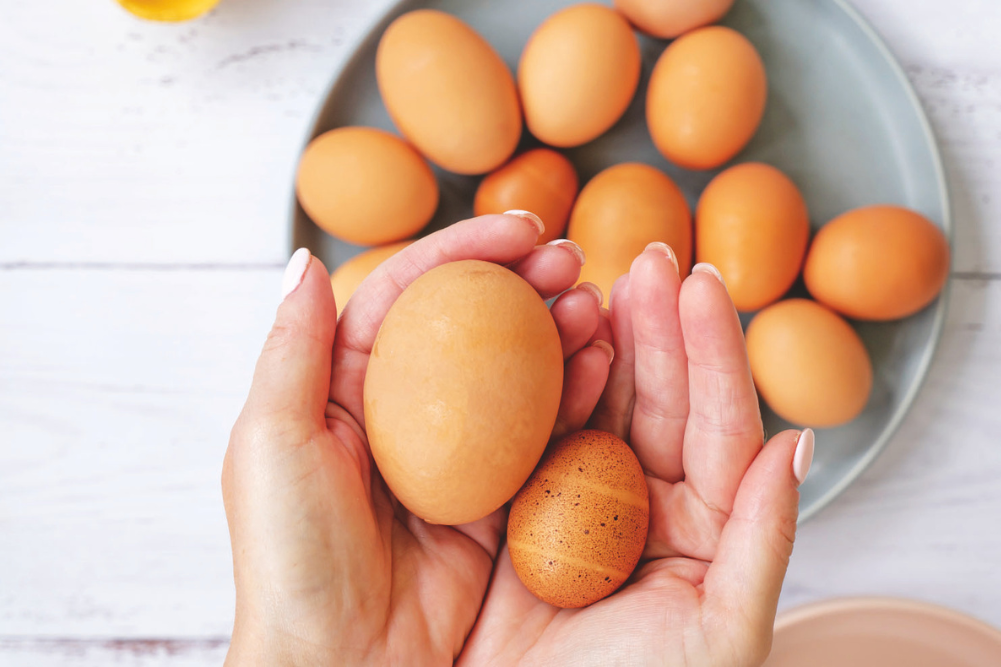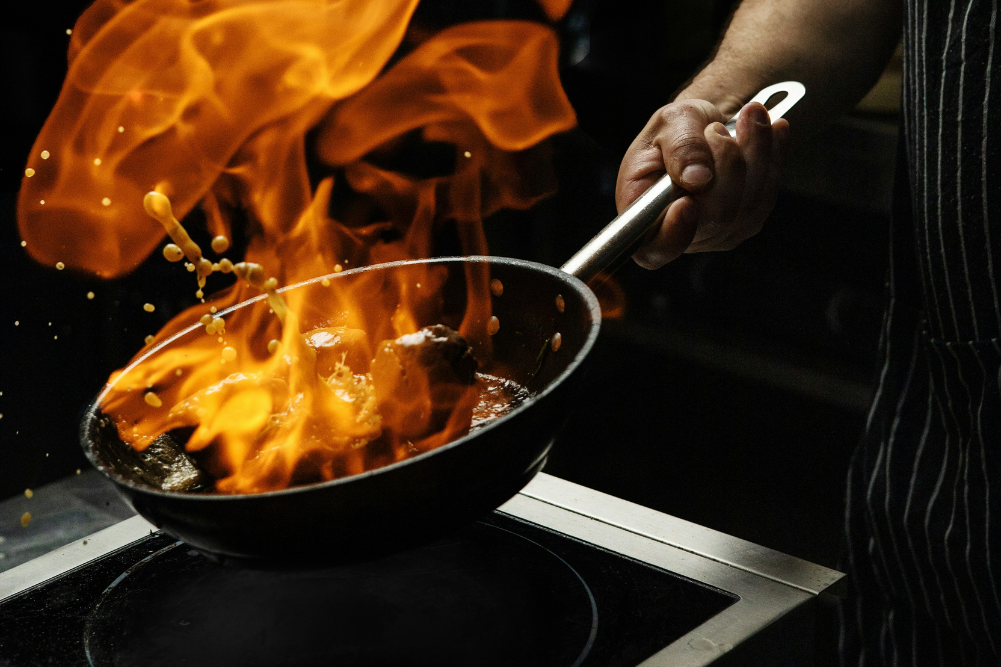The beauty of simple salads
The beauty of simple salads
Lee Holmes shares her favourite simple salads.
Servings
2
Prep time
Cook time
Recipe
Ingredients
- ⅓ cup sunflower seeds
- ⅓ cup pepitas (pumpkin seeds)
- ⅓ cup sesame seeds
- 2 cups mixed salad leaves
- 1 avocado, peeled, stone removed & cubed
- 2 tomatoes, julienned
- 1 cup snow peas, sliced on diagonal
- Black pepper
-
- Cashew Nut Mayo
- ¼ cup cashew nuts
- 2 tsp apple-cider vinegar
- Pinch sea salt
- ¼ shallot (spring onion), finely diced
- 3 drops stevia liquid
- 4 tbsp filtered water
Method
- Dry toast the seeds in a frying pan over medium heat until brown. Remove and set aside to cool.
- Place mayo ingredients in a food processor and blend until smooth and creamy.
- Arrange salad ingredients in a bowl, reserving a few of the seeds to scatter on top.
- Gently stir in the mayo to evenly coat the salad. Add black pepper and reserved seeds, and serve.
Tried this recipe? Mention @wellbeing_magazine or tag #wbrecipe!








